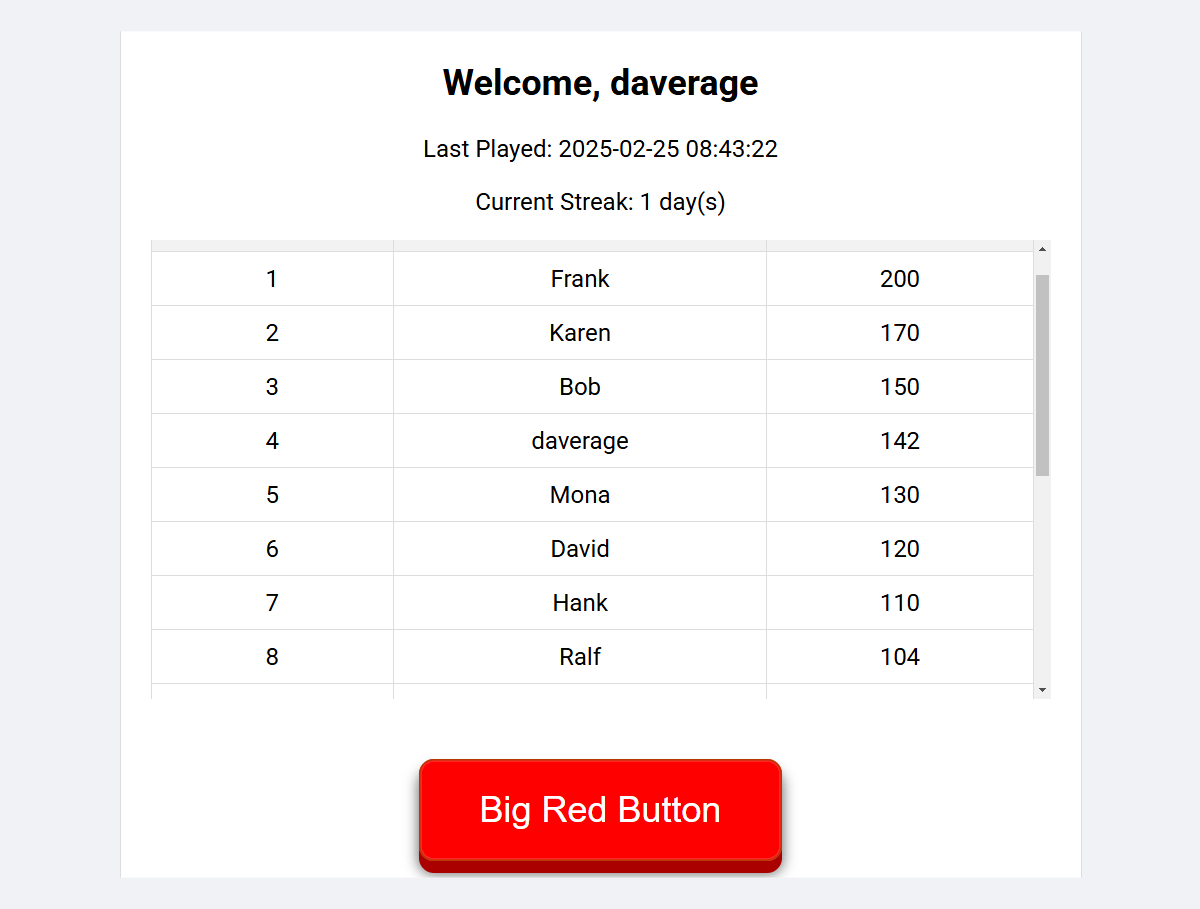One of the greatest lies we’ve told ourselves in gamification (and business in general) is that numbers speak for themselves. They don’t.
Numbers sit there, mute and smug, like a cat perched on a bookshelf—daring you to make sense of them. And like a cat, they’ll let you project whatever meaning you want onto them… until you get scratched.
That’s where Dynamic Narrative Analytics (DNA) comes in.
This isn’t about algorithms. It’s not about drowning in dashboards. It’s about recognising that every dataset tells a story—and if you don’t write the story, someone else will (probably in PowerPoint, with clip art).





